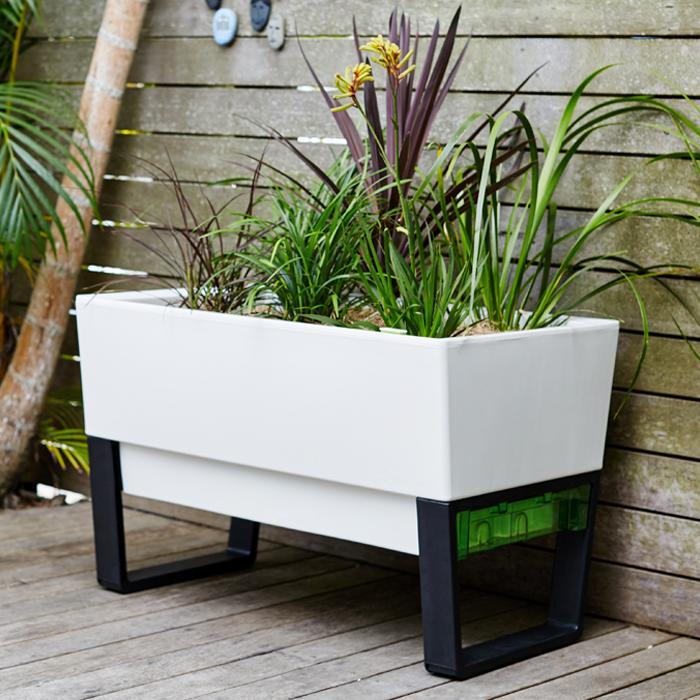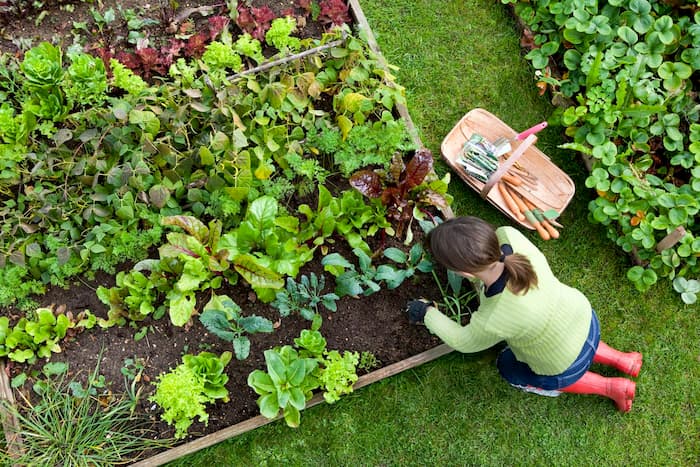There has been a higher interest for growing veggies as in the last few years. Vegetable gardening offers numerous benefits – fresh-grown vegetables and herbs are tastier, crisper and healthier than what you can find at the store. Needless to say, you can improve your health by increasing your consumption of fresh vegetables, but also by increasing your physical activity by taking care of your garden. But while growing a garden is rewarding, it can also be a challenge. Some people naturally have a green thumb while others struggle to maintain their plants.
Like any project, growing a vegetable gardening requires putting in time and effort, but by learning a few basic skills and techniques, you can really make it a fun experience.

Start Small
A common mistake first-time gardeners do is planning an area that’s way too large to maintain. When you succeeded with a small garden, it becomes easier to expand later on. There is also the fact that not everyone has a large space for gardening. Planting in planters is a great way to get started. Container gardening requires very little space and can be extremely rewarding.
Consider Self Watering Planters
Like most of us, I am sure that you too feel pressed for time, now more than ever. Well, a self water planter can come quite in handy by reducing your watering chores. Depending on the needs of the plant, watering may become a weekly chore instead of a daily one.
Since the advent of container gardens, self watering pots are the most talked-about improvement. It is a solution that addresses daily watering chores permanently. Simply explained as a planting container with a built-in water reservoir, a self water planter is designed to meet the moisture needs of almost any plant over a period of several days.
When it comes to how self watering planters work, the concept is simple. These planters utilize a wick system that moves the water from the water reservoir to the soil, making moisture available to the plant’s root on an as-needed basis. If the root of the plant become water-logged or receives inadequate air circulation, the plant will be either unproductive or die. Self-watering planters prevent this with an aeration screen that keeps the reservoir separate from the roots and soil, preventing them from becoming waterlogged.

Pick the Right Plants and Supplies
When choosing plants for your vegetable garden, consider how large they will get and pick veggies and herbs you actually use in your recipes. Tomatoes, cucumbers, peppers, lettuce, sage, basil and thyme are great vegetables for easy gardening success. If starting with seeds, get them from reliable seed companies. Planting a seed that is over a year old means you will need to plant at a higher rate. A lot of plants, such as lettuce, are easy to grow from seed directly in the garden. Make sure you read the information given on the seed packet regarding planting time, depth and spacing.
An easier way to start is to get young plants, called set plants or transplants. If you decide to go this way, make sure the plants look healthy and are free of disease and insects. Dig holes in your prepared soil based on the plant tag instructions. If the roots have grown into a big ball (called root-bound), use a fork or your fingers to untangle some outer roots before setting it into the hole. Pat soil into place around the roots, then soaks the soil with water.
Good soil is key for any fruitful garden – it is what provides food and water to plants. The soil should have lots of organic material in it to promote good growth and development for your plants. Prepare the soil before planting by adding organic matter and fertilizers and make sure you correct the acidity. Compost is a great source of organic matter and it is easy to produce. It can be made from leaves, grass clippings, manure and any other disease-free waste vegetable matter.

Plant Your Plants Timely
Some plants, such as kale and pansies, tolerate the well, so you can plant them in autumn or later winter. Tomatoes or other annual plants prefer warm temperatures, so don’t plant them until the danger of frost has passed in your area. Plant perennials in mid-spring and mid-autumn.
Keep an Eye On Your Plants
The secret to growing a successful vegetable garden is keeping an eye on it. Watch for signs of disease like wilting, discolouring and insect damage. Make sure you position large plants properly so there is air flowing around the lower leaves. Pick produce when ripe to ensure continuous production. Use a sharp pruner to remove vegetables and shear herbs as cleanly as possible to keep your plants healthy and productive.












